Can you capitalize it as PPE or not?
Last update: 2023
Is it an item of property, plant and equipment or a part of its cost?
Or is it a piece of inventories instead?
Or just an expense that goes straight in profit or loss?
Hmmm, what about an intangible asset?
In 90% of all cases, the answer to the above questions is clear – it’s obvious that buildings, machinery or other BIG pieces of tangible assets presumably used for more than 1 period are PPE.
But I’m convinced that you have come across at least 1 or 2 situations in which you were not so sure about the right conclusion.
I can confirm it based on a number of e-mail questions I receive in relation to this topic.
Let me give you my answers to the most common ones.
What does IAS 16 Property, Plant and Equipment prescribe?
Property, plant and equipment are tangible items that:
- Are held for use in the production or supply of goods or services, for rental to others, or for administrative purposes; and
- Are expected to be used during more than 1 period.
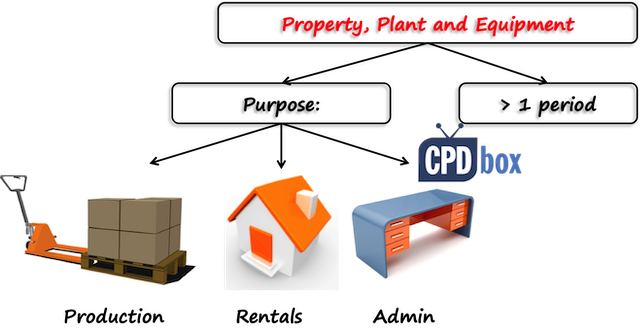
That’s the definition taken right from the standard IAS 16 Property, Plant and Equipment.
Also, IAS 16 answers our first and basic question: When should we recognize an item of PPE?
The answer in IAS 16 is taken directly from the Conceptual Framework (2018): the cost of an item of property, plant and equipment shall be recognized as an asset if, and only if:
- It is probable that future economic benefits associated with the item will flow to the entity; and
- The cost of the item can be measured reliably.
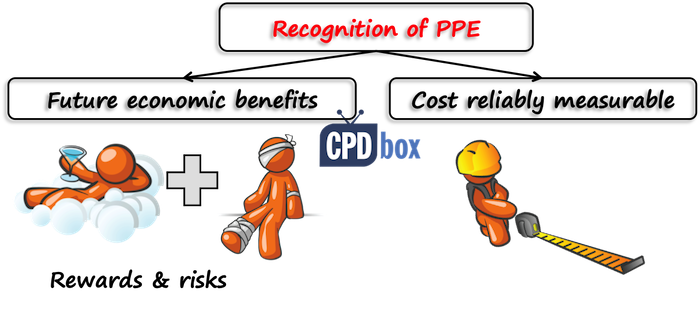
Therefore, in general, when you’re assessing whether some item shall or shall NOT be treated as an item of PPE, you need to take the following factors into account:
- the purpose for which an item is acquired and / or held
- the useful life of an item (longer than 1 period)
- future economic benefits flowing to the entity and
- cost is reliably measurable.
OK. So we have just set up the fundamentals.
But while it’s easy to assess and categorize some assets, other assets are not so clear and we need to use judgment and often apply the concept of materiality in order to make a conclusion.
Now let’s take a look at several unclear or shady examples.
Should we capitalize spare parts?
There is no uniform opinion about capitalizing spare parts. Instead, spare parts require your own judgment of a specific situation.
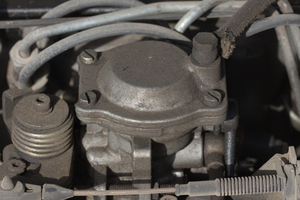
In most cases, spare parts and servicing equipment are included in inventories and treated in line with IAS 2 Inventories.
However, major spare parts can qualify for PPE, especially when they can only be used in connection with an item of PPE. For example, some reserves engines for airplanes would rather be included in PPE than in inventories.
Let me give you an example of the opposite situation.
I received a question from my reader about treatment of a big amount of sand (or other construction material). He wrote me that it was a great opportunity to get this sand at a very good price, therefore the company piled up a big stock.
However, a company was not going to use the sand immediately in the construction process. The sand could have stayed in the warehouse for many years.
What to do in this case?
In my opinion, although the sand indeed did have “useful life” longer than 1 period, it’s NOT an item of PPE.
It was a raw material and its purpose was to be consumed in the production process – which perfectly meets the definition of inventories.
Instead of charging depreciation of the sand, I would rather check whether the cost of sand exceeds its net realizable value at the end of each reporting period and if not, then I would leave it in inventories until it’s consumed.
Should we capitalize small items acquired in large amounts?
Imagine you run a library.

There are thousands of books there, each has an acquisition cost of a few dollars (whatever currency) and it will definitely be used for more than 1 period.
Should you treat each book separately and as a result, recognize it in profit or loss when acquired? Or should you treat all books as 1 item of PPE?
Other similar examples are tool sets, furniture sets, pallets and returnable containers which are used in more than one accounting period, but the cost of 1 piece is low or even negligible.
What to do in this case? How to treat these small items in large amounts?
Again, there’s no uniform answer.
Standard IAS 16 (9) says that the unit of measurement for recognition of PPE is NOT prescribed.
In other words, sometimes it’s appropriate to aggregate individually insignificant items and to apply the criteria to the aggregate value. And sometimes, it’s not.
In our library example, it can be appropriate to treat books as 1 single asset (or a few assets) and depreciate these assets, especially if a running a library belongs to main revenue-producing activities.
Should we capitalize improvements on a leasehold property?
Imagine you rented an office space. The big one.
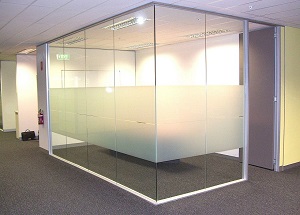
But, you need to adjust it to fit your needs and therefore, you decide to install glass partitions to divide the space and make it look more elegantly.
Glass partitions are damn expensive. They represent a significant investment.
However, they cannot be used separately without the office space and once your rental contract expires, glass partitions are useless for you. You can’t even take them out and install them in another place.
How to treat your investment in the improvement of leasehold property?
I repeat again: there’s no uniform answer and it depends on your contract and specific circumstances.
First of all – are future economic benefits from these improvements probable? Maybe yes, as glass partitions make the office space usable for you.
Another question – are you going to use these improvements for more than 1 period?
In most cases, you can estimate improvement’s useful life quite reliably and therefore, it’s appropriate to capitalize them as an item of PPE. The useful life will basically depend on the term of your lease, so you need to take that into account.
Should we capitalize pre-operating expenses?
You are establishing a business. Before you can actually start a production process, you need to obtain permits, hire employees and do a lot of things – and all of this costs money.
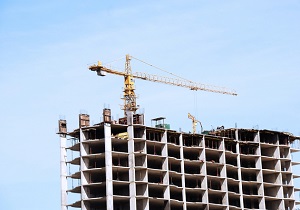
You need to pay salaries, rent, professional advisers and you might incur many other types of expenses in the pre-operating stage of your business.
Can you capitalize these pre-operating expenses?
In most cases – NO. You cannot capitalize them as a separate intangible asset.
Why?
Because they do not meet the definition of an intangible asset in line with IAS 38 as they are not identifiable, i.e.:
- They cannot be separated and sold/transferred, and
- They do not arise from contractual or other legal rights.
There is one exception when you actually can capitalize pre-operating expenses.
When you construct an item of PPE and your pre-operating expenses were incurred in relation to constructing that PPE, then you can capitalize them if they meet the IAS 16 criteria.
For example, when you build a production hall during the pre-operating stage, you can include salaries of direct production workers to the cost of that production hall.
These are 4 the most discussed and ambiguous examples of capitalizing/not capitalizing an item as PPE. Please help me share this article with your friends or colleagues and if you have some question or remark, just leave me a comment right below this article.
I’ll also welcome your answers and experiences – you’ll help to make Internet a better place!
Tags In
JOIN OUR FREE NEWSLETTER AND GET
report "Top 7 IFRS Mistakes" + free IFRS mini-course
Please check your inbox to confirm your subscription.
Recent Comments
- Albert on Accounting for gain or loss on sale of shares classified at FVOCI
- Chris Kechagias on IFRS S1: What, How, Where, How much it costs
- atik on How to calculate deferred tax with step-by-step example (IAS 12)
- Stan on IFRS 9 Hedge accounting example: why and how to do it
- BSA on Change in the reporting period and comparatives
Categories
- Accounting Policies and Estimates (14)
- Consolidation and Groups (25)
- Current Assets (21)
- Financial Instruments (56)
- Financial Statements (54)
- Foreign Currency (9)
- IFRS Videos (74)
- Insurance (3)
- Most popular (7)
- Non-current Assets (56)
- Other Topics (15)
- Provisions and Other Liabilities (46)
- Revenue Recognition (27)
- Uncategorized (1)





We have purchased equipment for our production facility, and in the meantime, our new facility is being completed. This equipment was partly installed in the old facility; however, it was never used, and it is not ready for its intended use.
The company from which we purchased the equipment is currently assisting us in relocating the machine to the new facility. Should we capitalize the expenses related to reallocation?
I would say yes, if assessed properly. Normally, relocation costs are not capitalized, but in this case, those are really costs related to bringing the asset to its intended location, but of course, you need to assess why the equipment was partially installed in the old facility…